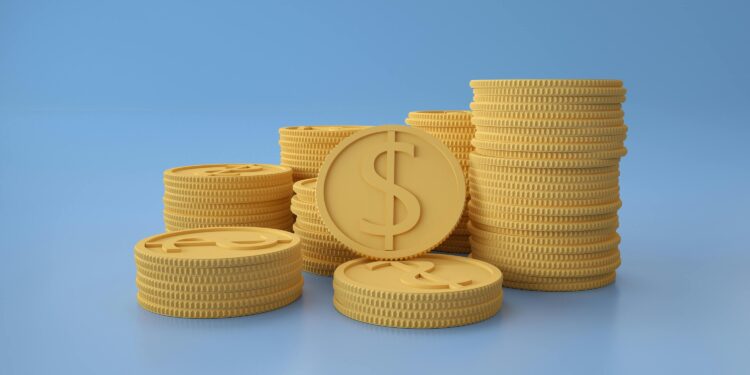In the realm of global currencies, few hold as much influence and recognition as the United States dollar. Beyond its sheer monetary value, the US dollar carries a profound symbolism ingrained in its design, evoking curiosity and fascination worldwide. From the enigmatic eye atop the pyramid to the intricate patterns adorning its surface, every element of the dollar bill holds secrets waiting to be unveiled.
At first glance, the dollar bill appears to be a simple piece of paper adorned with portraits of founding fathers and national symbols. However, delving deeper reveals a tapestry of hidden meanings and historical significance woven into its design. One of the most prominent features is the Great Seal of the United States, prominently displayed on the reverse side of the dollar bill.
The Great Seal, with its striking imagery of an eagle clutching an olive branch and arrows, encapsulates the ideals of peace and strength that the nation aspires to uphold. But it’s the pyramid nestled within a radiant triangle, crowned with the enigmatic Eye of Providence, that sparks intrigue and speculation. Often associated with secret societies and conspiracy theories, the presence of the Eye has fueled countless interpretations over the years.
The Eye of Providence, commonly interpreted as a symbol of divine guidance or omniscience, has deep roots in religious and mystical traditions. Its inclusion on the dollar bill is said to represent the watchful eye of a higher power overseeing the nation’s destiny. Others speculate a more secular interpretation, viewing it as a symbol of enlightenment and the pursuit of knowledge that underpins American values.
Beyond its symbolic significance, the design of the dollar bill also serves practical purposes, incorporating numerous security features to deter counterfeiting. From intricate microprinting to color-shifting ink, each element is meticulously crafted to ensure the bill’s integrity and authenticity. Yet, even these security measures are imbued with symbolism, reflecting the nation’s commitment to safeguarding its currency and preserving its legacy.
The portraits gracing the front of the dollar bill also offer insights into the nation’s history and values. George Washington, the first president of the United States, stands as a beacon of leadership and integrity, embodying the ideals of the American Revolution. Meanwhile, figures like Abraham Lincoln and Benjamin Franklin symbolize innovation, progress, and the enduring pursuit of liberty and justice for all.
Despite its ubiquity, the dollar bill remains a source of fascination and intrigue, inviting scrutiny and speculation from scholars, historians, and conspiracy theorists alike. Its design is a testament to the rich tapestry of American history and culture, reflecting the nation’s values, aspirations, and collective identity.
In a world increasingly driven by digital transactions and virtual currencies, the physical dollar bill endures as a tangible symbol of economic power and national pride. Its design serves as a reminder of the intricate interplay between art, symbolism, and commerce, weaving together the threads of history into a timeless masterpiece.
As we reach into our wallets to retrieve a dollar bill, let us pause to appreciate the hidden secrets and profound symbolism that lie within its design. For behind the familiar faces and intricate patterns lies a story waiting to be told—one that speaks to the essence of the American experience and the enduring legacy of its currency.













Recent Comments